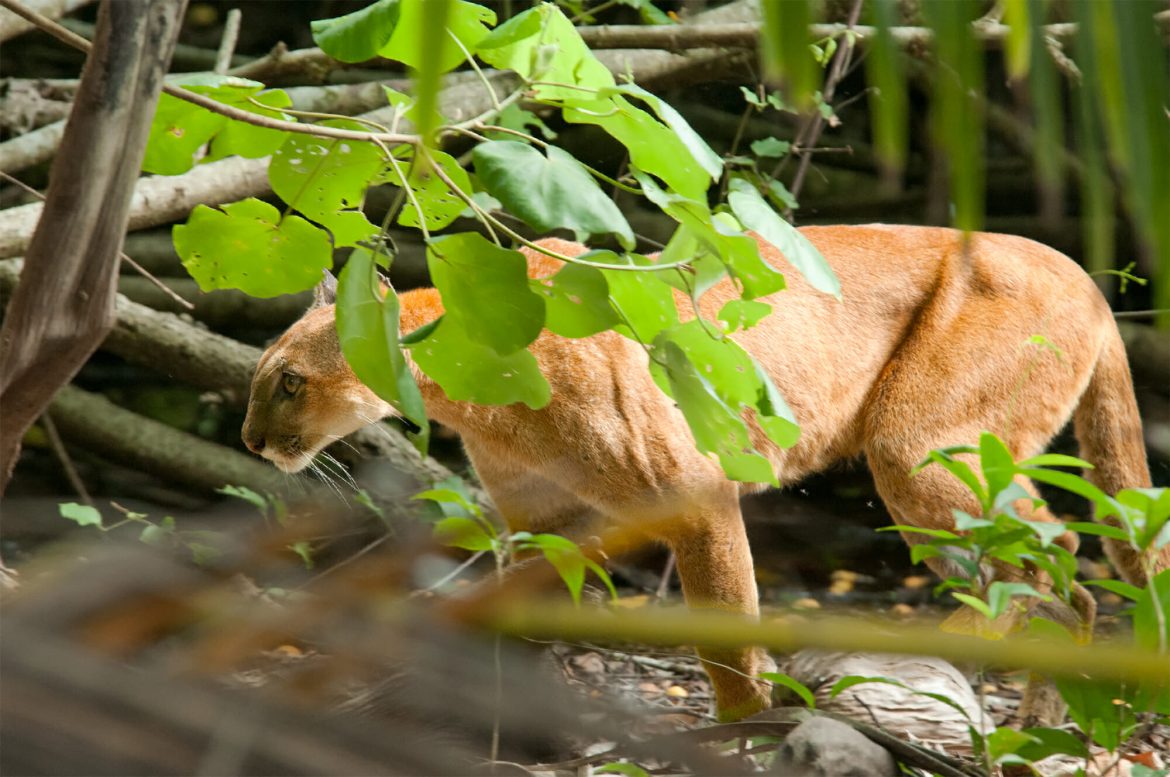Understanding SINAC’s Request
The National System of Conservation Areas (SINAC) queried if indigenous traditional activities, such as fishing and hunting, can be permitted in Protected Wildlife Areas. However, the Attorney General’s Office (PGR) clarified that such permissions cannot be granted.
For traditional indigenous activities to be permitted in these protected areas, a law mandating it, backed by sound technical justification, would be required, as explained by the state attorney in response to SINAC’s inquiry.
Legal Foundations and Constraints
The protected wildlife areas are considered a part of the state’s natural heritage. Activities outside those specified under Article 18 of the Forestry Law are prohibited. This means traditional indigenous activities that aren’t mentioned in the article cannot be authorized in these regions.
While Article 18 only allows state-sanctioned research, training, ecotourism, and activities essential for human water consumption, the legal advisory department of SINAC had previously expressed similar opinions.
Highlighting International Norms
SINAC’s consultation with the Attorney General also touched upon Article 14 of the Convention No. 169 on Indigenous and Tribal Peoples in Independent Countries. This convention suggests that states should safeguard the rights of indigenous groups to use lands they haven’t exclusively occupied but have historically accessed for their traditional and subsistence activities.
The Attorney General’s take on this is that the convention doesn’t directly mandate states. Instead, it allows each signatory state to decide appropriate cases.
Legislation is currently under review, which, if approved, would modify the Indigenous Law to explicitly state indigenous peoples’ rights to lands and resources they have traditionally owned, occupied, or used. However, the Attorney General believes that even with this reform, the specifics would still need to be determined on a case-by-case basis.
Legal Incompatibility Issues
An essential point raised by the state attorney is the legal inconsistency. While Article 58 of the Biodiversity Law suggests considering previously acquired rights of indigenous and peasant populations when establishing a protected wildlife area, this doesn’t mean allowing indigenous activities that go against the regulations for these protected areas.
The state’s natural heritage is public domain, contrary to the indigenous reserves, which are seen as collective private property exclusive to the indigenous communities living there. This fundamental difference means a territory cannot be both a state public domain and an indigenous reserve simultaneously.
In Context:
Costa Rica is home to 24 indigenous territories and 152 Protected Wildlife Areas.

